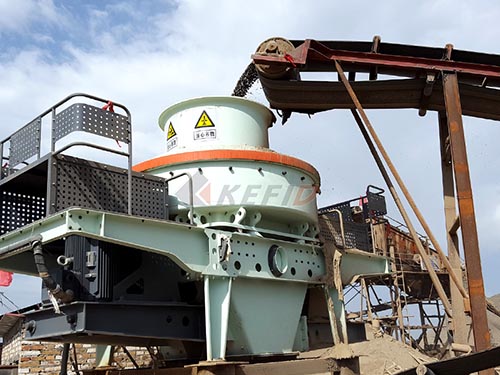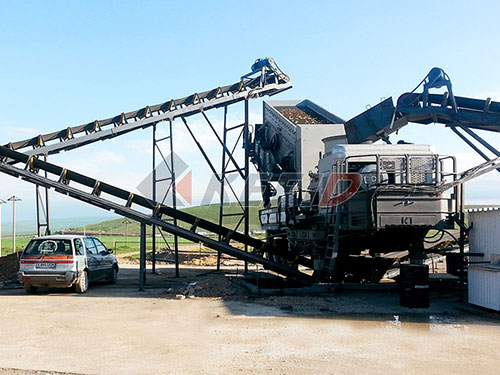Jaw Crushers in Ceará, Brazil: Powering Progress Through Stone Crushing

Ceará, a vibrant state in Brazil’s Northeast, is a region characterized by dynamic growth, stunning coastlines, and a significant mineral resource base. At the heart of extracting value from its abundant hard rock deposits – particularly granite and gneiss used extensively in construction – lies a fundamental piece of equipment: the jaw crusher (`Britador de Mandíbula`). Understanding the role and application of jaw crushers within Ceará’s context reveals their crucial contribution to the state’s infrastructure development and economic activity.
The Indispensable Primary Breaker
The jaw crusher is the undisputed workhorse of primary crushing stages in quarries (`pedreiras`) and mining operations across Ceará. Its robust design and relatively simple operating principle make it ideal for handling the large, irregularly shaped boulders blasted from rock faces. The core mechanism involves two vertical jaws:
1. A Fixed Jaw: Stationary and acts as the anvil.
2. A Movable Jaw: Reciprocates in an elliptical motion against the fixed jaw.
Raw feed material enters from the top into the crushing chamber (`câmara de britagem`). As the movable jaw moves towards the fixed jaw, immense compressive force is applied, breaking the rock. The crushed material then moves down through progressively narrower spaces until it reaches the desired size at the discharge opening (`boca de saída`), ready for further processing by secondary crushers like cone or impact crushers.
Why Jaw Crushers Dominate in Ceará’s Quarries

1. Handling Hard Rock: Ceará’s prevalent granite and gneiss are notoriously hard and abrasive. Jaw crushers are specifically engineered with heavy-duty components (high manganese steel jaws, robust frames, large flywheels) to withstand these demanding conditions effectively.
2. High Capacity & Efficiency: Modern jaw crushers offer impressive throughput capacities (`capacidade de produção`), essential for meeting the high demand for construction aggregates (`brita`) driven by infrastructure projects (roads, buildings, ports) and urban expansion in cities like Fortaleza.
3. Versatility: They can accept a wide range of feed sizes and effectively crush various rock types found across different geological formations within Ceará.
4. Reliability & Simplicity: Their mechanical simplicity translates to easier maintenance (`manutenção`) under often challenging field conditions compared to more complex

Leave a Reply